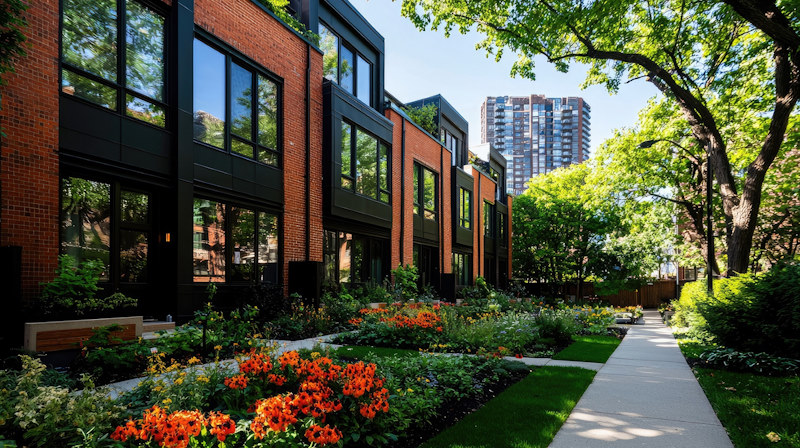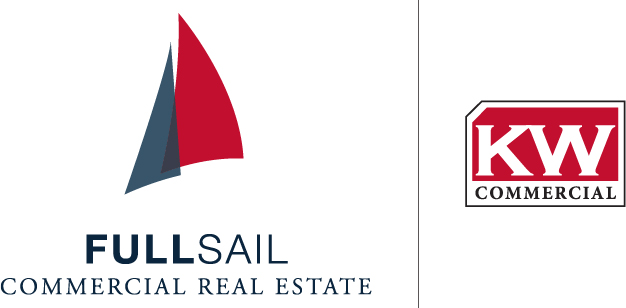
The Impact of Demographic Shifts on Commercial Real Estate: Trends in Urbanization, Aging Population, and Millennial Preferences
The landscape of commercial real estate is being significantly shaped by changes in the population. The needs and desires for commercial properties change along with the population. Real estate professionals who want to stay ahead in a changing market must comprehend these demographic patterns. This essay will examine how millennials’ shifting tastes, urbanization, and population aging are impacting commercial real estate and creating new opportunities.
The Pull of City Life
With more people moving to cities in pursuit of opportunities, conveniences, and lifestyle advantages, urbanization is still a major trend. The increased demand for office space, retail establishments, and multifamily housing in city centers is one of the major effects of this migration to urban regions on commercial real estate.
The need for mixed-use projects that blend residential, commercial, and recreational areas rises with the size of cities. Those who live in cities and appreciate accessibility and ease will find these innovations especially appealing. Real estate agents need to be aware of the potential in cities, from retail establishments that serve the many needs of city dwellers to high-rise office complexes.
The need for contemporary, tech-enabled commercial real estate is also being driven by the emergence of smart cities, which incorporate technology into urban infrastructure. By providing properties that meet the demands of a population that is becoming more and more reliant on cities, developers and investors who are aware of the subtleties of urbanization can profit from these trends.
Aging Population and The Silver Wave
Due to the aging of the world’s population, commercial real estate faces both opportunities and disadvantages. The need for properties that meet the needs of older adults is rising as the population of these individuals grows, especially in the areas of healthcare, senior living, and age-friendly retail.
As the aging population looks for more easily available healthcare services, there is an increasing need for healthcare facilities, such as specialized care centers, outpatient clinics, and medical office buildings. The senior living industry, which includes memory care facilities, assisted living, and independent living, is also expanding significantly.
The retail preferences of older persons, who frequently place a higher value on convenience, accessibility, and individualized services, must also be taken into account by commercial real estate specialists. Properties that can accommodate these tastes, including malls that are simple to navigate and retail establishments that prioritize customer care, will be in a good position to draw in this group.
Millennial Are Redefining Work and Lifestyle
As the largest generation in the workforce, millennials are changing their expectations for commercial real estate. Their tastes differ significantly from those of earlier generations, especially regarding lifestyle and work arrangements.
The demand for coworking spaces, mixed-use complexes, and properties that combine business, and leisure has increased due to this generation’s ideals of flexibility, teamwork, and work-life balance. Dynamic, flexible workspaces that can be rearranged to accommodate evolving business and employee needs are replacing the conventional 9–5 office model.
The need for experiential spaces—properties that provide distinctive experiences rather than merely products—in the retail industry is being driven by millennials. As a result, lifestyle centers and entertainment-focused retail establishments that combine dining, entertainment, and social activities with shopping have become more popular.
The demand for eco-friendly and sustainable real estate is also being influenced by millennials. Customers are more inclined to support companies and brands that share their values and place a high priority on environmental responsibility. This group is becoming more interested in commercial properties that use sustainable design, energy efficiency, and green building techniques.
Adapting to Demographic Shifts
The commercial real estate market is changing due to demographic transitions, which present possibilities as well as challenges for those who can adapt and anticipate these changes. The need for tech-enabled homes and mixed-use complexes in city centers is being driven by urbanization.
Age-friendly retail establishments and healthcare facilities are becoming more and more necessary as the population ages. With a strong penchant for flexibility, sustainability, and experiential offers, millennials are also revolutionizing retail experiences and workspaces.
It is crucial for real estate agents to remain aware of these demographic shifts. Commercial real estate companies may meet present demand and set themselves up for long-term success in a changing market by comprehending and catering to the interests of these varied groups.
Find a commercial agent that will stay by your side, to help you face unpredictable times with confidence. Knowing that you have a full-service agent that understands demographic shifts and how to make them work to your advantage is key to your success. Give us a call today at Full Sail Commercial Real Estate, Mankato, MN at 507-317-2353.
This article has been created based on internal data, information available publicly, and other reliable sources. The article may also include information which are the personal views/opinions of the author(s.) The information included in this article is for general, educational, and awareness purposes only and is not a full disclosure of every material fact.
